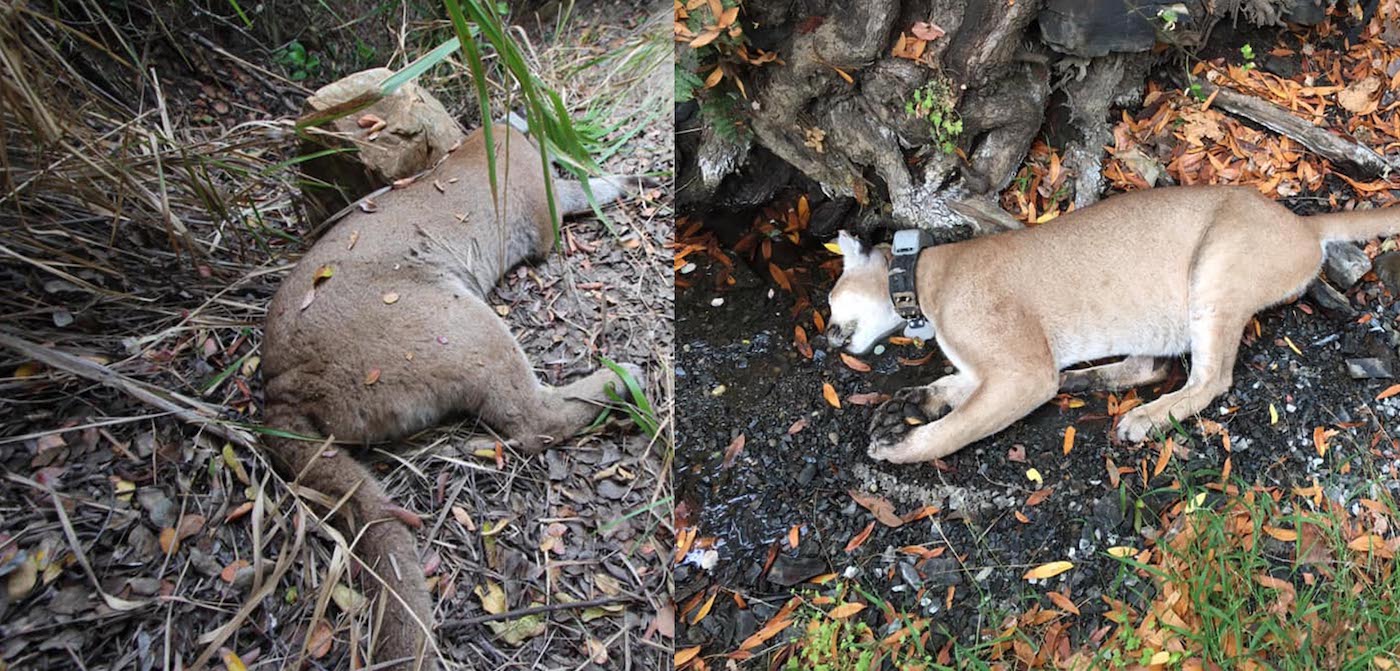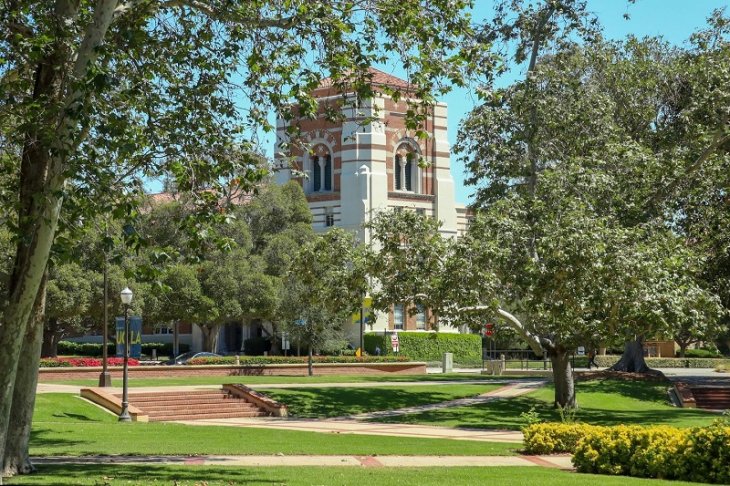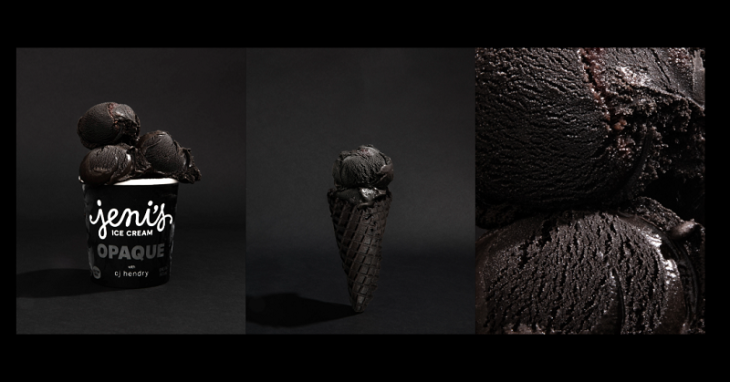UC Santa Cruz study compares mercury concentrations of coastal and non-coastal mountain lions
By Sam Catanzaro
A new study recently conducted by researchers at the University of California, Santa Cruz suggests that toxic levels of mercury in fog may be poisoning mountain lions in coastal areas.
Researchers found that concentrations of mercury in mountain lions in the Santa Cruz Mountains were three times higher than in mountain lions outside the fog zone.
According to study leader Peter Weiss-Penzias, an environmental toxicologist who has worked extensively studying pollutants in coastal fog, while mercury levels in fog pose no threat to humans, the risk to terrestrial mammals may be more acute. With each level up the food chain, from lichen to deer to mountain lions, mercury concentrations can increase by at least 1,000 times says Weiss-Penzias.
“Lichen don’t have any roots so the presence of elevated methylmercury in lichen must come from the atmosphere,” Weiss-Penzias told UC Santa Cruz news. “Mercury becomes increasingly concentrated in organisms higher up the food chain.”
The study looked at fur and whisker samples from 94 coastal mountain lions and 18 noncoastal lions. Mercury concentrations in the coastal lions averaged around 1,500 parts per billion (ppb), while the noncoastal group averaged about 500 ppb.

Mercury enters the atmosphere through both mining and coal-fired power plants. While the study looked primarily at Central California mountain lions in the Santa Cruz Mountains — a region with a long legacy of prospecting and mercury mines — the study’s authors noted that close proximity to active or former mercury mines is not necessary for mercury to enter to the ecosystem via fog.
“Mercury is a global pollutant,” Weiss-Penzias said. “What’s emitted in China can affect the United States just as much as what’s emitted in the United States.”
In the Santa Monica Mountains, mountain lions are facing further difficulties intensified by an urban habitat. Since the National Park Service launched its study of mountain lions in the Santa Monica Mountains 17 years ago, five lions have died from rat poison.
Several other lions have been diagnosed with mange, which many researchers believe is linked to rat poisons, though they are unsure of the exact nature of the connection. Some think that the rat poisons weaken the animals’ immune system, making the cats more susceptible to mange.
In addition, several mountain lions have died after being struck by cars while attempting to cross highways and freeways. Those cats who do not cross the freeway are often forced to mate with their own offspring which leads to complications stemming from a smaller genetic pool. To address this, a nearly $100 million wildlife crossing bridge is slated to be completed by 2023 and stretch 200 feet above 10 lanes of the 101 freeway. The new wildlife crossing will give mountain lions of the Santa Monica Mountains safer access to food, open spaces and potential mates.



























